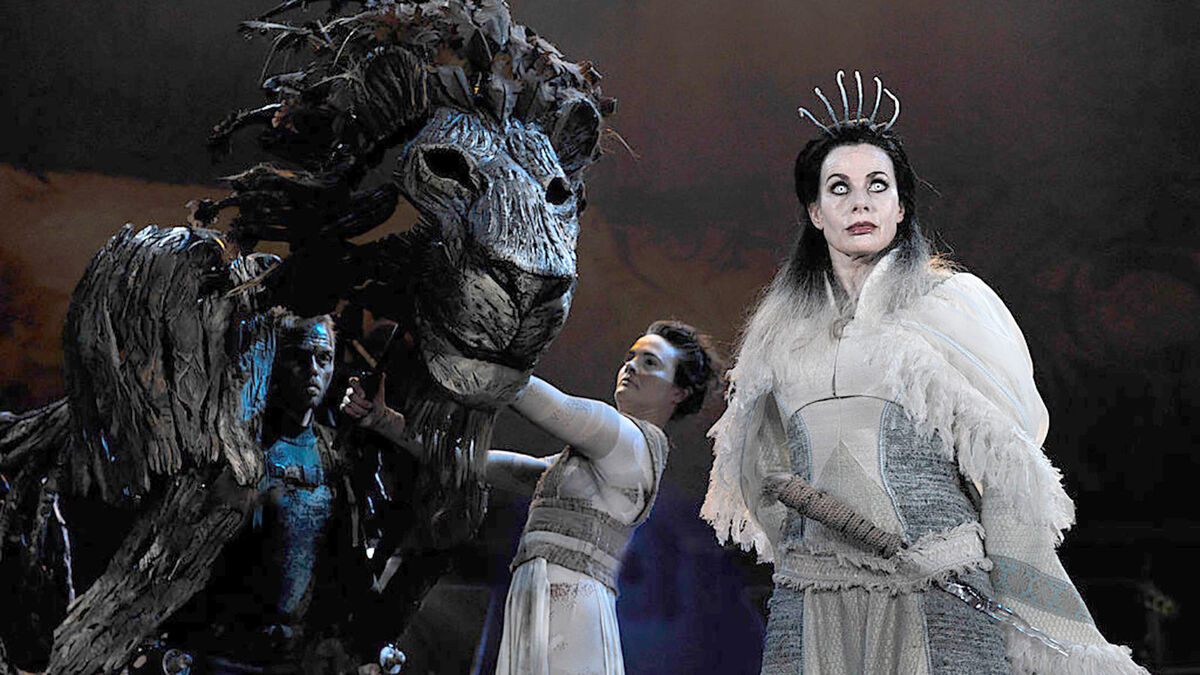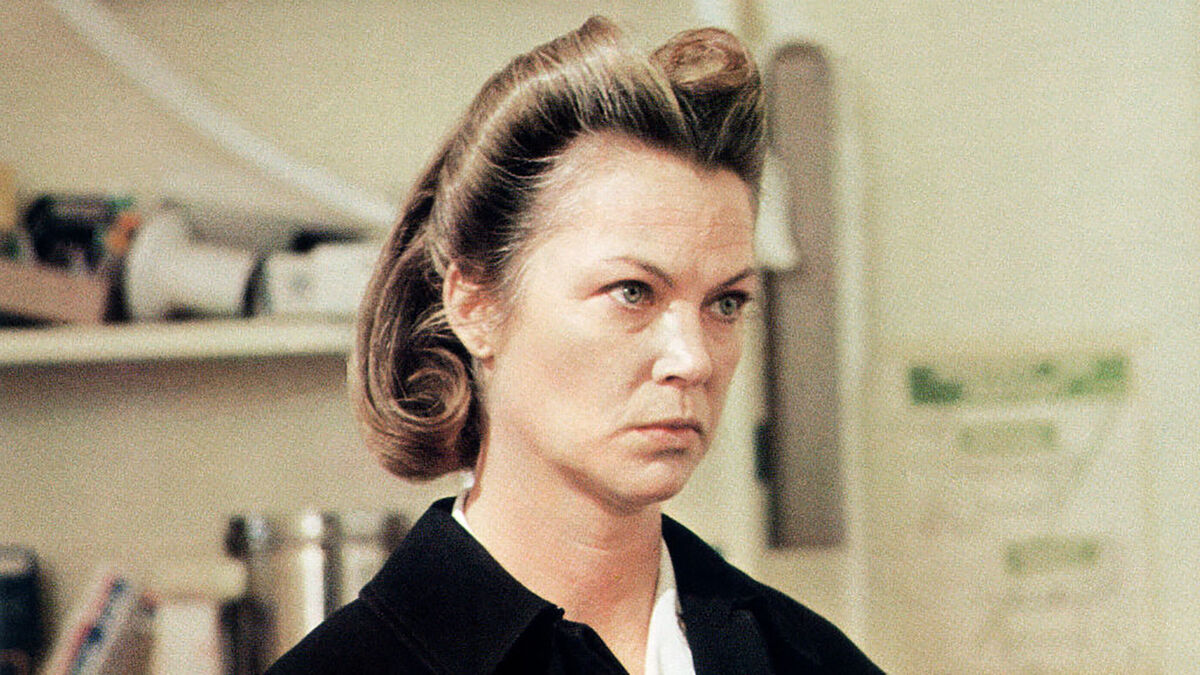
As you learn about literature, you’ll frequently hear the terms protagonist and antagonist. An antagonist in literature is one of the main characters and could fit into a variety of types. Check out the definition of antagonist and examples of characters considered antagonists to better understand this important literary term.
Types of Antagonists
There are four different types of antagonists, which means not all antagonists are the villain or the bad guy. Some antagonists are human or human-like, while others are concepts or things.
- Villain - This is the bad guy with evil intentions trying to destroy the protagonist.
- Conflict Creator - This character isn’t evil, but his goals directly conflict with the protagonist’s.
- Inanimate Force - This is a nonhuman power or element that conflicts with or seemingly tries to destroy the protagonist.
- The Protagonist - This is where the protagonist’s own insecurities create an internal conflict that thwarts their goals.
Antagonist Examples in Literature
Seeing examples of antagonists helps define what an antagonist is. Check out these well-known and unique examples of antagonists in literature from different types of books.
Antagonists From Children’s Literature
From picture books to novels, all types of children’s books have antagonists. The most common type of antagonist in children’s literature is the villain.
- Capricorn (villain): In the Inkheart series, Capricorn is the epitome of evil as he attempts to control the world.
- Caul (villain): In the Miss Peregrine’s Peculiar Children series by Ransom Riggs, Caul is jealous of his sister’s abilities, so he sets out to overthrow the ymbrynes and enslave humanity.
- Illness (inanimate force): In A Sick Day for Amos McGee by Philip Stead, Amos’s illness keeps him and his animal friends apart.
- Lord Voldemort (villain): In the Harry Potter series by J.K. Rowling, Voldemort is mostly evil and literally aims to kill the protagonist, Harry Potter.
- Max (the protagonist): In Where the Wild Things Are by Maurice Sendak, Max’s own behaviors create conflict for him.
- The White Witch (villain): In The Lion, The Witch, and The Wardrobe by C.S. Lewis, Jardis the White Witch is an evil dictator who wants to stop the Pevensie children from taking the throne.
- Veruca Salt (conflict creator): This spoiled brat from Charlie and the Chocolate Factory by Roald Dahl wants all the chocolate factory secrets and goodies for herself.

Antagonists From Adult Literature
Antagonists in adult literature are much more varied, though you’ll find more inanimate forces and protagonists as antagonists than in children’s literature.
- Iago (villain): In Othello by William Shakespeare, Iago is an evil character who plans the demise of almost all who trust him.
- Mr. Hyde (the protagonist): Mr. Hyde is actually the evil counterpart within Dr. Jekyll in The Strange Case of Dr. Jekyll and Mr. Hyde by Robert Louis Stevenson.
- Nurse Ratched (villain): Big Nurse, as she’s called in One Flew Over the Cuckoo’s Nest by Ken Kesey, aims to keep all the patients in their place and control them.
- The Overlook Hotel (inanimate force): In Stephen King’s The Shining, the hotel has supernatural powers that aim to drive the protagonist, Jack, insane.
- The Party (villain): The Party is a political group that serves as the antagonist in George Orwell’s 1984.
- Reverse aging (inanimate force): Benjamin Button’s reverse aging condition is his biggest foe in The Curious Case of Benjamin Button by F. Scott Fitzgerald.
- Slavery (inanimate force): In Toni Morrison’s Beloved, slavery is the overarching antagonist destroying lives.

Definition of Antagonist
The basic literary definition of an antagonist is “a person or thing that opposes or competes with another.” The term antagonist comes from the Greek word antagnistḗ s, which translates in English to “opponent or rival.”
In literature, the antagonist opposes or competes with the protagonist, who is the main character or main group of characters in the work.
Role of the Antagonist
The antagonist in a story or book helps create the main conflict or conflicts in the storyline. They work against the protagonist's main goal. The antagonist in literature can be one character or a group of characters.
Good literary antagonists are not all bad, because real people are not all bad or all good. They are also not all-powerful as that would mean the protagonist has no chance to defeat them.
Antagonists Mean Conflict
An antagonist in literature is not always an enemy or nemesis, but he, she, or it always creates conflict. Grab a novel to read, then consider who or what the antagonist could be. Think about what the story would be like without the antagonist to get a better understanding of this important character role.